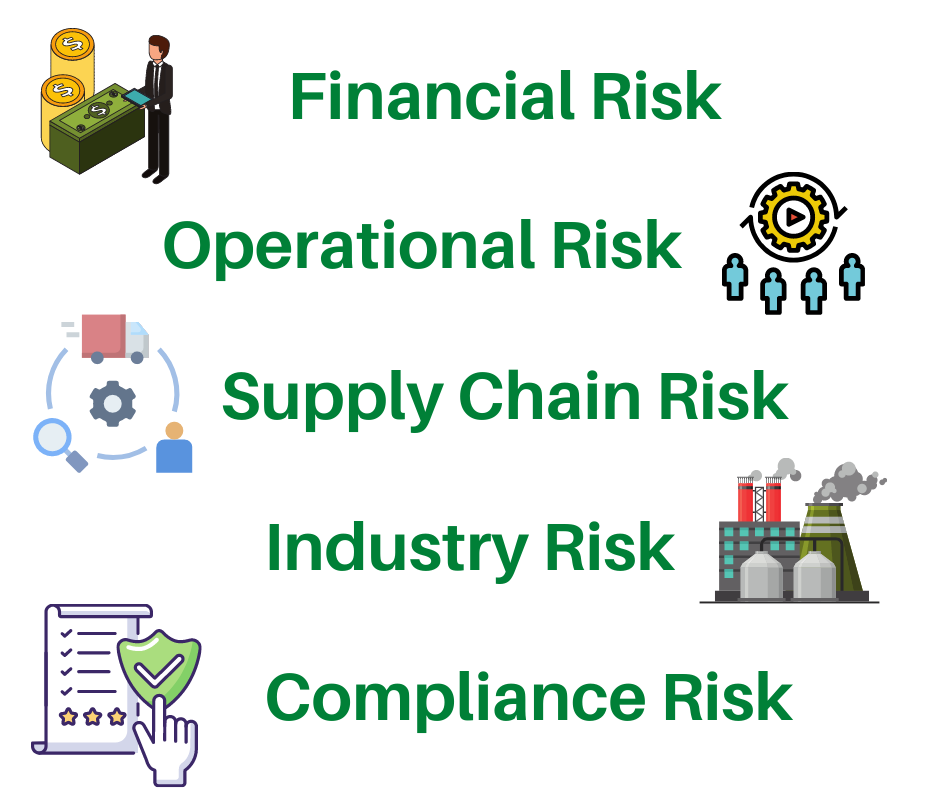The textile industry is among the oldest in the world. It’s also among the most global sectors because most companies serve the international apparel and textile market. But the dynamic global landscape has changed consumer preferences, driven cost volatility, and brought new risks in the landscape.
The year 2020 comprised wild uncertainty, and the importance of risk management in the textile sector cannot be overstated. Companies now prioritize establishing the most resilient networks.
But adapting to the pandemic’s implications doesn’t merely involve a fast response. Instead, it calls for a strategic strategy of taking a step back, learning about the risks in your sector, and creating long-term, deliberate plans.
Wide-Ranging Risks in The Textile Industry
The coronavirus situation has made risk management a priority in the textile industry. Through a comprehensive risk analysis, companies in this sector can understand their operations and risk exposure better.
Here are the main risks affecting organizations in the textile industry:
Financial Risk
The textile industry faces various financial risks, from having lenient payment terms to negotiating weak contracts. You must practice caution to ensure prompt payments for items delivered, which is possible through various strategies, including placing requirements for advanced payments, leveraging invoice factoring, seeking bank guarantees, and insuring trade credit. Furthermore, be sure to evaluate the risk scores of your current and potential customers to minimize the likelihood of non-payment.
Operational Risk
These risks have a broad scope that covers elements like workers’ health and safety, product quality, management externalities, and regulatory compliance. Monitoring factory conditions and work processes can help gauge your overall risk exposure on specific operations and facilitate the necessary improvements.
Supply Chain Risk
A study by the Institute of Supply Management revealed that about 75 percent of organizations reported supply disruptions since the commencement of the pandemic, and this brought about a renewed focus on supply chain risk mitigation. Transparency in sharing insights and data can improve your performance.
Industry Risk
With a birds-eye view of the entire industry, you must closely follow trends in trade policies, competitive landscape disruptions, and macroeconomic developments. It’s also essential to monitor changes to your controls, especially in today’s business environment that experiences quick and frequent adjustments. Staying ahead of these risk factors will help you anticipate market developments and adapt your business strategies accordingly.
Compliance Risk
To stay ahead of compliance risk, organizations in the textile industry must meticulously understand the regulations governing their sector, evaluate their adherence level with each, identify any control setbacks, and take relevant corrective measures. These steps will prevent the fines and reputational damage resulting from non-compliance.
Making Risk Management Work
After analyzing and understanding the range of risks that face your company, you can proceed to management. The likelihood of a specific risk’s occurrence and the austerity of its outcomes determine the management approach you’ll choose.
For instance, for low-priority industry risks, you may choose to retain or accept them. On the other hand, you must take action to reduce the risk’s chances of materializing or avoid it altogether. It’s also valuable to focus on measures that reduce the negative impact if the risk occurs.
The following activities will keep your risk management effective over the long term.
- Diligent record-keeping – Diligent records of all risk management procedures and policies can be a reliable guide for action and reference. You’ll likely experience inadequate documentation, and this can cause protocol misunderstandings that compromise risk management performance.
- Oblige with responsible business practices – Establish policies that define your organization’s commitment to operations that respect the environment and human rights.
- Design a responsible sourcing approach – Develop a plan that prioritizes operations by risk. Ranking the risks by likelihood and severity can help you identify and prioritize focus areas.
- Partner with your suppliers to solve problems – After identifying risks in your organization, work with all stakeholders to explore every possible solution and work with them to resolve the hurdles. Terminating a contract will unlikely address the systemic issues you’re facing.
- Prioritize supply chain visibility – Collect information on your suppliers at all supply chain levels. This way, you’ll know where more vulnerable employees are and consider their necessities. For instance, Reciprocity will keep you ahead of the constantly evolving risks by providing greater visibility throughout your organization to better mitigate business exposure and manage risks.
- Deploy a thoughtful and robust monitoring and review strategy – This way, you’ll understand your risk exposure over time. What’s more, the system can efficiently identify new risks and optimize your response approach.
- Partner with an industry expert – A reliable risk management expert specialized in the textile industry will help you maneuver most of these business threats, enable transparency, and facilitate responsible business practices.
Final Thoughts
The current business environment entails numerous business risks for organizations in the textile industry. These vary with complexity and occurrence potential, but a comprehensive risk management strategy can help you navigate the murky waters. Having a reliable risk management agency by your side will make things easier.


